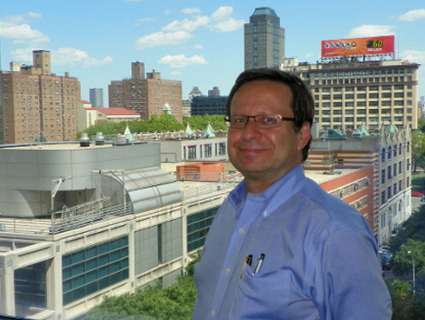Meet Dr. Steven Koonin, who’s bringing Downtown to its CUSP

As Downtown Brooklyn prepares to greet its CUSP — the Center for Urban Science and Progress, a cooperative effort of NYU-Poly and the Applied Sciences NYC Program of the city’s Economic Development Corporation — the center’s founding director, Dr. Steven Koonin, discussed the undertaking with the Brooklyn Daily Eagle.
Dr. Koonin is a theoretical physicist who grew up near McDonald Avenue and studied at MIT and the California Institute of Technology. After three decades in academia, he went to work for British Petroleum as its chief scientist, focusing on alternative and renewable energy sources. Later, he directed the Department of Energy’s Office of Science, overseeing a $5 billion budget and the big science projects it supports.
That’s where he became curious about the relationship between social issues and the search for and use of energy resources — a curiosity that in a circuitous way would lead him back home.